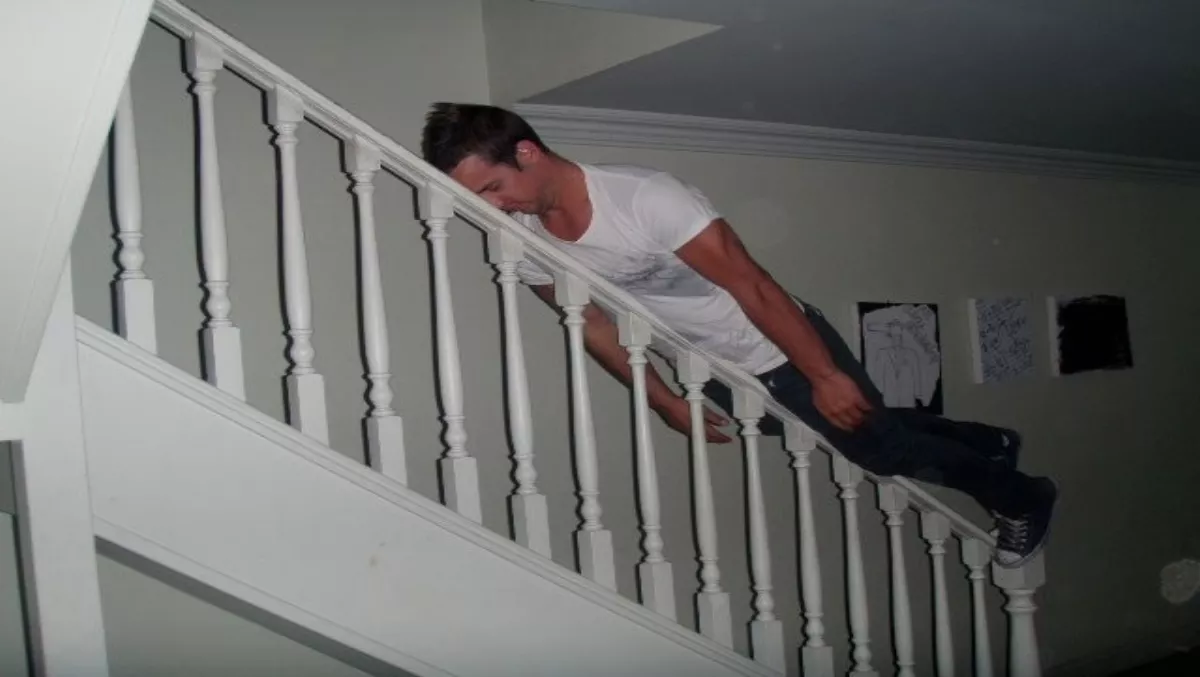
The phenomenon of planking
You may have heard of the bizarre new fad called "planking", or maybe you have just seen some crazy photos floating around the web featuring people lying down in some very strange places (for example, in the middle of busy streets, precariously on top of ledges or in the middle of a rugby field – during a game).
Strange as it is, it seems to have taken the internet (worldwide) by storm.
Also commonly referred to as "the lying down game", planking involves players lying down (usually face down and flat, like a plank of wood) in many unusual (and often dangerous in "extreme planking") places.
Serious "plankers" engage in the activity by planking only their upper body and feet, leaving the torso and legs suspended.
The fad has been spreading like wildfire online since players have taken to capturing the event on camera and posting it on Facebook and other online forums.
There are numerous Facebook groups and fan pages dedicated to the activity, with members seemingly competing for the coolest and most unique planking poses.
The origins of planking are unclear, though comedian Tom Green claims to have invented the game as early as 1994 and Gary Clarkson and Christian Langdon claim to have invented it in 2000, first becoming popular in North East England.
Other names for the trend around the world include (translated) "playing dead", "on one's belly", "extreme lying down" and "facedowns".
It might just seem like a silly (and at times senseless) bit of fun to most, but to critics of the game, planking is compared with the slave trade-era practice and manner of stowing African slaves on the planks of a slave ship's lower hold.
There have also been quite a few controversial planking incidents (see notable planking incidents box-out), including one young man attempting to "extreme plank" on a seventh-floor balcony in Brisbane and falling to his death.
Since the planking phenomenon burst onto the scene, there have been several variations on the activity including owling (crouching in a perched position and looking off into the distance, in imitation of a perched owl), cone-ing (a video fad where participants order an ice cream cone at a fast food drive-thru and when handed the ice cream by the server, grab it by the ice cream end instead of the cone, often leaving the drive-thru attendant shocked and bewildered) and (in my opinion) the much more creative and interesting "horsemaning", which is quickly becoming the new planking.
"Horsemaning", or fake beheading, involves posing two people so that they appear to be a single body with a detached head and is a revival of a photography fad popular in the 1920s.
The name supposedly comes from the Headless Horseman character in Washington Irving's "The Legend of Sleepy Hollow", and when done correctly, horsemaning produces a brilliant optical illusion that allows for much more creativity than other photo-posing fads (like planking).


